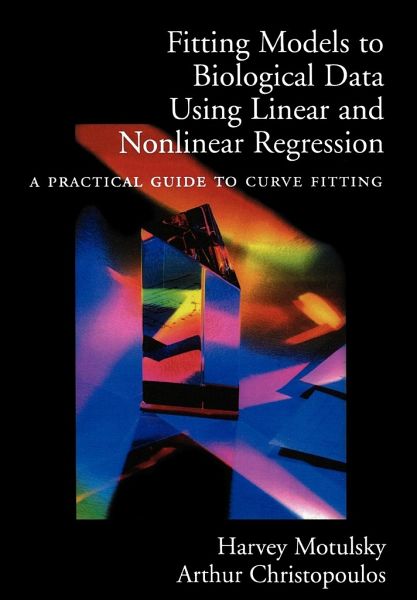
Fitting Models to Biological Data Using Linear and Nonlinear Regression
A Practical Guide to Curve Fitting
Versandkostenfrei!
Versandfertig in 1-2 Wochen
90,99 €
inkl. MwSt.
Weitere Ausgaben:

PAYBACK Punkte
45 °P sammeln!
Most biologists use nonlinear regression more than any other statistical technique, but there are very few places to learn about curve-fitting. This book, by the author of the very successful Intuitive Biostatistics, addresses this relavtively focused need of an extraordinarily broad range of scientists.



